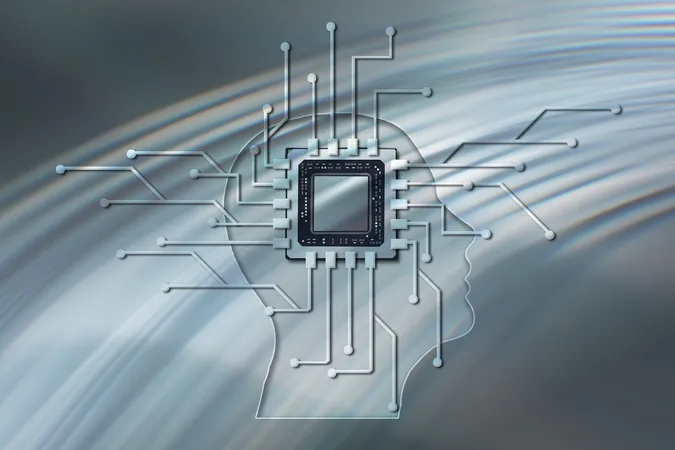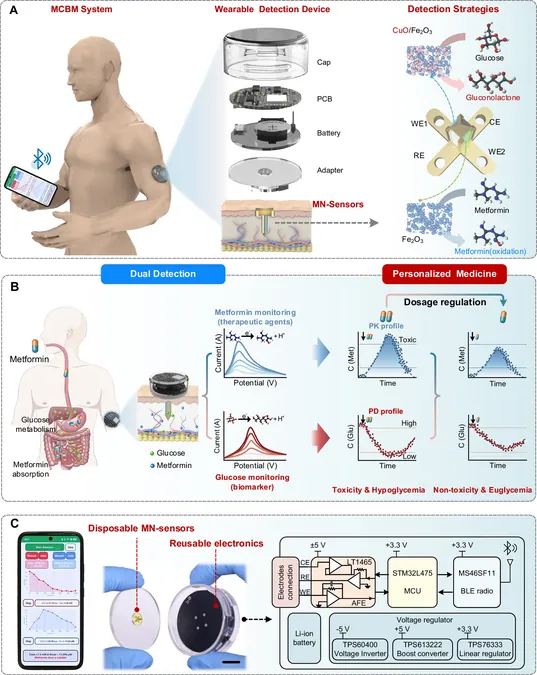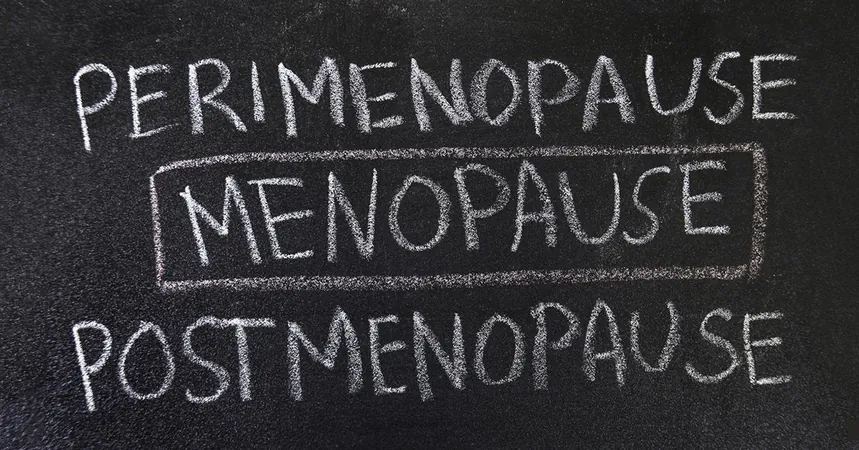
Revolutionary AI Detects Early Signs of Neurological Disorders Through Speech!
2025-07-07
Author: Wei
In a groundbreaking development, a team led by Prof. Li Hai from the Hefei Institutes of Physical Science at the Chinese Academy of Sciences has created an innovative deep learning framework that could reshape how we detect neurological disorders. Published in the reputable journal Neurocomputing, this research marks a significant step forward in early diagnosis options.
"A small change in your speech could signal something bigger from your brain," warns Prof. Hai. His team has engineered a model capable of pinpointing early symptoms of debilitating conditions like Parkinson's, Huntington's, and Wilson disease simply by analyzing voice recordings.
Dysarthria, or difficulty in articulating speech, often serves as an early indicator of various neurological disorders. It turns out that these speech abnormalities don't just reflect individual struggles; they can reveal the underlying neurodegenerative processes at play, making voice signals promising non-invasive biomarkers for early detection and ongoing monitoring.
Automated speech analysis presents a tantalizing advantage—it's efficient, affordable, and non-invasive. Yet, traditional approaches stumble on several fronts: they often depend too heavily on manually defined features and struggle to capture the complexities of changing speech patterns.
To combat these issues, the researchers introduced the Cross-Time and Cross-Axis Interactive Transformer (CTCAIT), a sophisticated framework designed for analyzing multivariate time series. Initially, it leverages a large-scale audio model to sift through vast audio data and extract high-dimensional features, transforming them into multidimensional structures that reflect both time and specific audio traits.
But that’s not all—CTCAIT employs the Inception Time network to identify intricate multi-scale and multi-level patterns over time. Through cutting-edge cross-time and cross-channel multi-head attention mechanisms, the model effectively captures the pathological nuances embedded in speech.
Remarkably, the method achieved an impressive detection accuracy of 92.06% in a Mandarin Chinese dataset and 87.73% in an English dataset, highlighting its versatility across languages.
The researchers didn’t stop at accuracy; they undertook a detailed examination of how the model makes decisions, shedding light on its internal processes. This interpretive analysis holds crucial implications for future clinical applications, paving the way for more effective early diagnostics and monitoring strategies for neurological disorders.
With this revolutionary approach, the prospect of detecting neurological issues through something as simple as speech could transform lives, offering hope for timely intervention and better patient outcomes.




 Brasil (PT)
Brasil (PT)
 Canada (EN)
Canada (EN)
 Chile (ES)
Chile (ES)
 Česko (CS)
Česko (CS)
 대한민국 (KO)
대한민국 (KO)
 España (ES)
España (ES)
 France (FR)
France (FR)
 Hong Kong (EN)
Hong Kong (EN)
 Italia (IT)
Italia (IT)
 日本 (JA)
日本 (JA)
 Magyarország (HU)
Magyarország (HU)
 Norge (NO)
Norge (NO)
 Polska (PL)
Polska (PL)
 Schweiz (DE)
Schweiz (DE)
 Singapore (EN)
Singapore (EN)
 Sverige (SV)
Sverige (SV)
 Suomi (FI)
Suomi (FI)
 Türkiye (TR)
Türkiye (TR)
 الإمارات العربية المتحدة (AR)
الإمارات العربية المتحدة (AR)